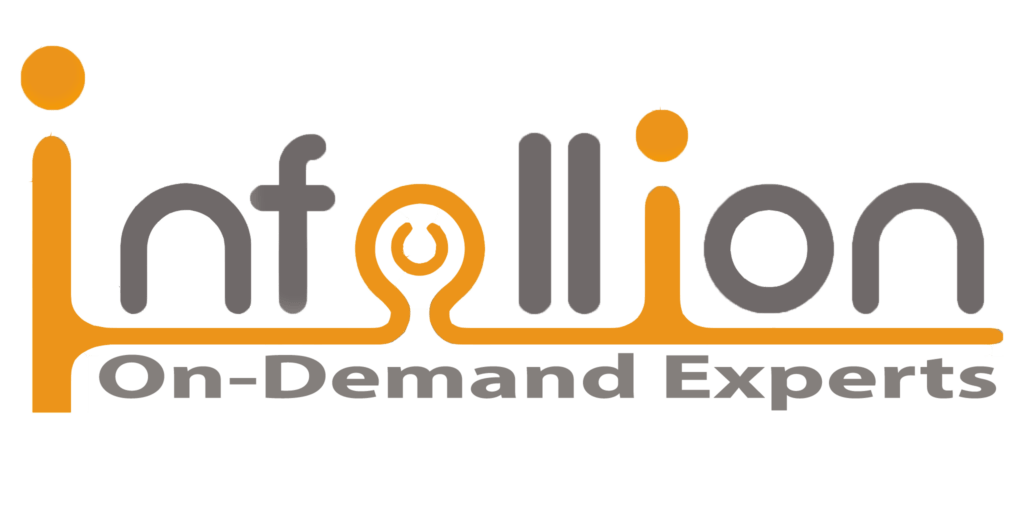Program Overview
In today’s volatile markets, organizations can no longer rely on static, spreadsheet-driven S&OP processes. This program empowers business and supply chain leaders to integrate AI, predictive analytics, and real-time data streams into their planning cycles, enabling greater agility, precision, and cross-functional alignment. Through deep-domain insights, global case studies, and interactive simulations, participants learn how leading enterprises use AI-augmented forecasting, digital twins, and control-tower visibility to manage demand fluctuations, optimize capacity, and achieve end-to-end synchronization between sales, operations, and finance. The session moves from concept to application, helping teams design actionable S&OP roadmaps that drive measurable business impact.
Features
- Understand how AI and real-time data reshape traditional S&OP into agile, predictive planning
- Use data analytics and forecasting models to improve demand-supply alignment and accuracy
- Apply digital tools and control-tower insights for cross-functional visibility and scenario planning
- Build a roadmap for AI-enabled Integrated Business Planning (IBP) maturity within the organization
Target audiences
- Sales Executives
- Supply Chain Professionals
- Operations & Planning Teams
- Analysts
Curriculum
- 5 Sections
- 27 Lessons
- 1 Day
- Evolution of S&OP — From Traditional to AI-Augmented6
- 1.1S&OP fundamentals: Demand, Supply, Inventory, and Financial alignment
- 1.2Gaps in traditional S&OP: latency, silos, and forecast inaccuracies
- 1.3Transition toward AI-driven IBP (Integrated Business Planning)
- 1.4Emerging tech stack: Predictive analytics, Cloud SCM, Data Lakes, Digital Twins
- 1.5Key frameworks: Gartner 5-Stage Maturity Model, McKinsey’s Digital S&OP Model
- 1.6Approach: Example walkthroughs (e.g., Unilever, Schneider Electric)
- Leveraging Real-Time Data & Predictive Analytics in S&OP6
- 2.1Data integration across ERP, CRM, MES, and IoT platforms
- 2.2Real-time demand sensing and adaptive supply response
- 2.3Predictive algorithms for forecasting and replenishment (ARIMA, LSTM, ML models)
- 2.4KPI tracking and visualization via control towers & dashboards
- 2.5Data quality, latency, and governance considerations
- 2.6Approach: use cases from FMCG and automotive supply chains
- AI-Driven Decision Intelligence in S&OP6
- 3.1AI in demand forecasting, constraint-based planning, and capacity optimization
- 3.2Scenario modeling: “What-if” and “Next-best-action” simulations
- 3.3Use of Generative AI for exception management and executive reporting
- 3.4Balancing human intuition and AI insights for consensus-based planning
- 3.5Tools: Kinaxis RapidResponse, o9 Solutions, SAP IBP, Oracle SCM Cloud
- 3.6Case Study: AI-IBP transformation stories (e.g., Nestlé, P&G, CEAT)
- Simulation Workshop — Designing a Smart S&OP Cycle5
- 4.1Team-based simulation: balance forecast accuracy, capacity, and service levels using real-time data inputs
- 4.2Evaluate trade-offs across cost, lead time, and inventory
- 4.3Apply AI signals to resolve demand spikes or supplier disruptions
- 4.4Build a digital control tower view and interpret AI recommendations
- 4.5AI-Enabled S&OP Exercise
- Building the Future-Ready S&OP Roadmap4






